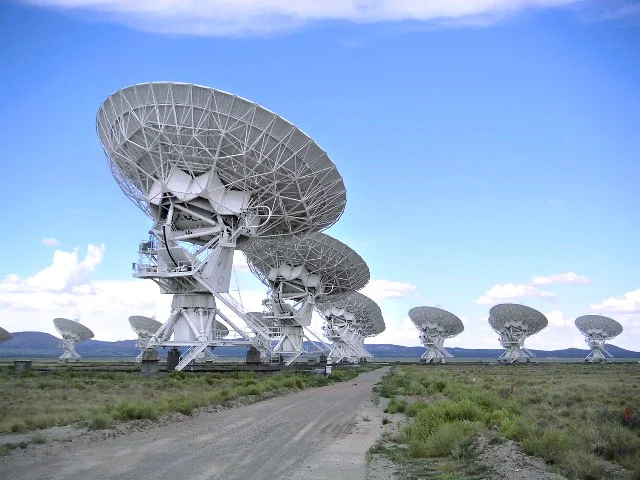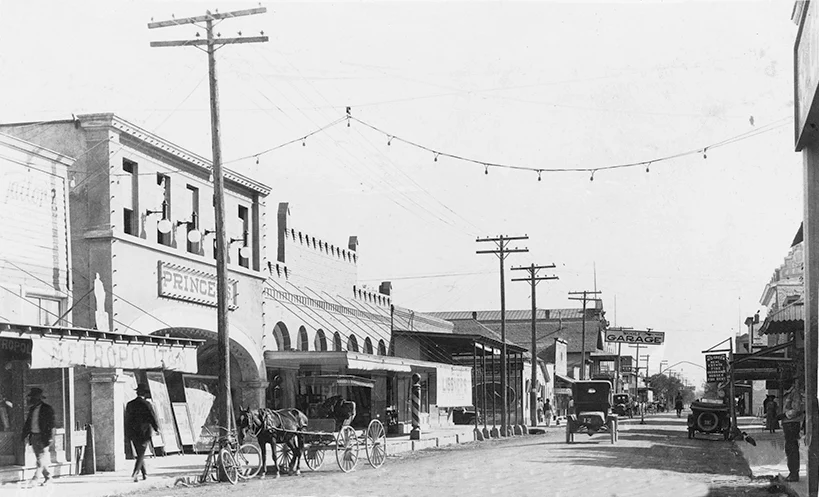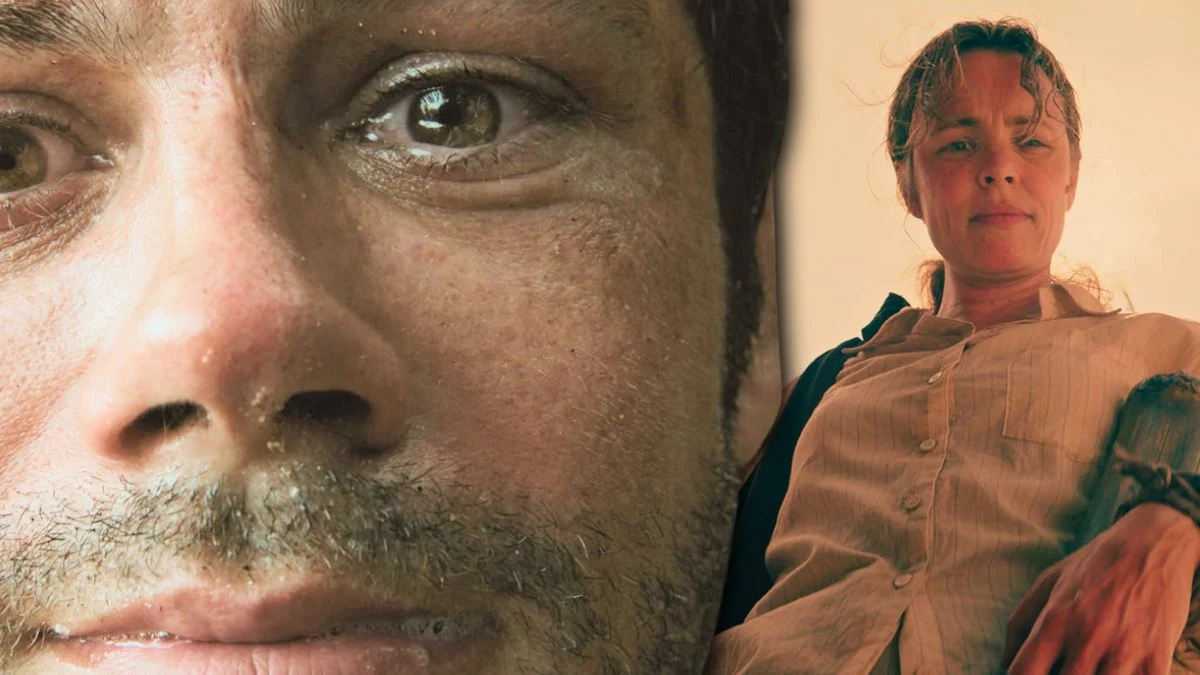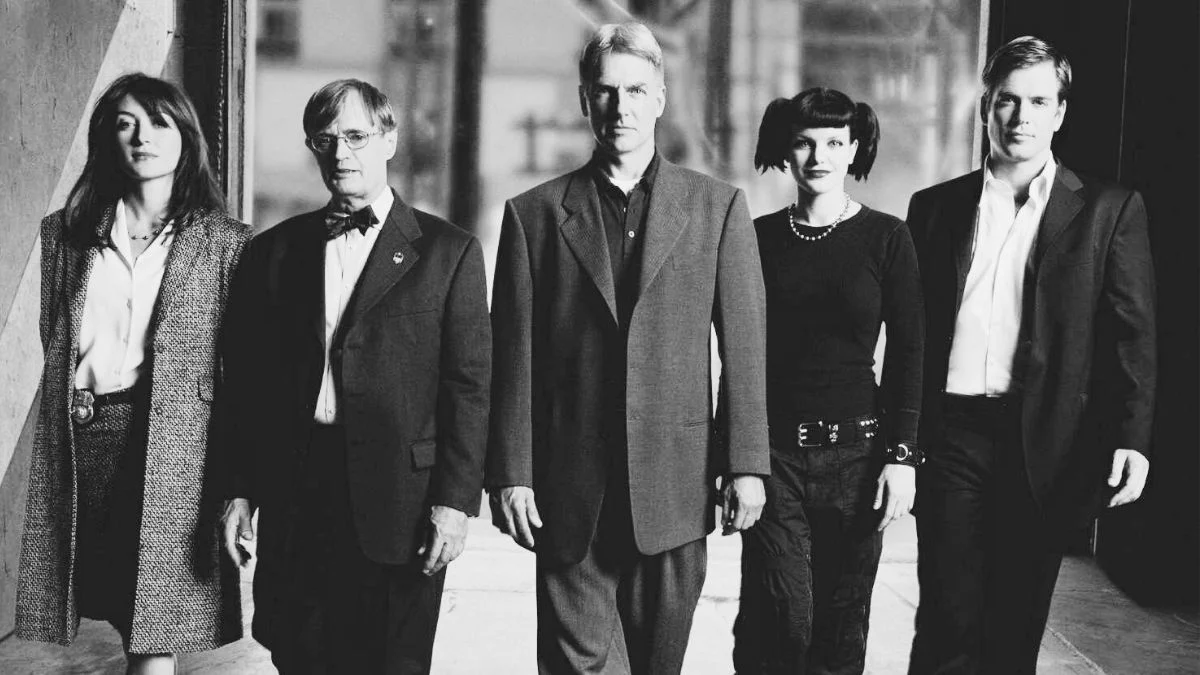From 19th-century “airship” tales to Cold War desert recoveries, the United States is packed with crash-site legends that mix newspapers, military memos, and hometown folklore. Below are fifteen locations that often surface in case files and local histories, with when-and-where details, who reported what, and how each story developed over time.
Roswell, New Mexico
 Canva
CanvaIn late June and early July 1947, debris was found on the Foster Ranch north of Roswell, with ranch foreman Mac Brazel reporting unusual material and the Roswell Army Air Field issuing—and then retracting—a “flying disc” release. The official explanation later tied the material to Project Mogul high-altitude balloons. Multiple recovery sites are described in witness accounts, including a large debris field and a separate “impact” location. Roswell remains the most documented case in American UFO history, with archives, museum collections, and annual events.
Kecksburg, Pennsylvania
 Navy2004 (Wikimedia Commons)
Navy2004 (Wikimedia Commons)On December 9, 1965, a brilliant fireball crossed the Midwest and Northeast before an object reportedly came down in the woods near Kecksburg. Locals described an acorn-shaped craft with strange markings, and military personnel were seen in the area that evening. The object was reportedly hauled away by truck, which fueled decades of retrieval claims. Astronomers connected the fireball to a meteor, but ground-level reports remain part of regional lore.
Aztec, New Mexico
 Ealdgyth (Wikimedia COmmons)
Ealdgyth (Wikimedia COmmons)The Hart Canyon area outside Aztec is tied to a March 25, 1948 story claiming a large disc crash and a subsequent military recovery. The narrative first appeared in early 1950s publications and was later revisited by researchers and journalists, with fraud allegations surrounding its promoters. A commemorative marker and an annual symposium keep the site in the public eye. Despite the controversy, Aztec is consistently cited among notable “crash retrieval” legends.
Aurora, Texas
 Sf46 (Wikimedia Commons)
Sf46 (Wikimedia Commons)A newspaper article dated April 19, 1897 reported an airship colliding with a windmill on a local farm, with debris scattered and a small grave said to hold the pilot’s remains in the town cemetery. The account is part of the broader 1896–1897 “mystery airship” wave reported across the United States. Later searches did not confirm a marked grave matching the story, but the site draws visitors and historians. Aurora’s tale predates modern UFO reports by half a century.
Kingman, Arizona
 SSRR2030 (Wikimedia Commons)
SSRR2030 (Wikimedia Commons)Reports describe a desert recovery operation in May 1953 following the observed descent of an unusual craft north of Kingman. Accounts reference an engineer, often identified as Arthur Stansel under a pseudonym, who described being transported blindfolded to a crash site. The story places the retrieval team, security cordon, and shipment of materials to Nevada test facilities. Documentation is limited, but Kingman appears regularly in crash-retrieval timelines.
Maury Island, Washington (Debris Incident)
 James B. Settles
James B. SettlesOn June 21, 1947, a harbor patrol crew near Maury Island reported airborne objects ejecting hot slag-like debris that damaged their boat. Two Army Air Forces officers who investigated later died in a B-25 crash after leaving Tacoma with collected material, a development that amplified the case’s notoriety. The “debris” was later suggested to be industrial residue, but the incident fed early saucer-era narratives. Maury Island is often linked to the broader 1947 UFO wave in the Pacific Northwest.
Cape Girardeau, Missouri
 U.S. Army Corps of Engineers
U.S. Army Corps of EngineersA long-circulated account places an alleged crash outside Cape Girardeau in the spring of 1941, years before the modern UFO era. The story typically involves a local minister called to pray at the scene, photographs taken by townspeople, and a rapid federal response. No contemporary 1941 documentation has surfaced to confirm those specifics, but the timeline aligns with prewar aviation activity in the region. The case is frequently cited in compendiums of early-date incidents.
Laredo, Texas
 Not home (Wikimedia Commons)
Not home (Wikimedia Commons)Researchers have referenced a July 1948 retrieval south of Laredo involving a downed object and a photographed site, sometimes linked to cross-border desert terrain. The narrative often appears in collections that aggregate mid-century military encounters along the U.S.–Mexico frontier. Descriptions include nighttime convoys, a secured perimeter, and transport to Air Force facilities. The case remains source-dependent, with few primary records in public archives.
Trinity Site, New Mexico
 Samat Jain (Wikimedia Commons)
Samat Jain (Wikimedia Commons)Near San Antonio, New Mexico, witnesses later claimed that a craft impacted scrubland in August 1945, weeks after the first atomic test at Trinity. Two local youths, named in subsequent books, are said to have observed the object and returned to the site as soldiers arrived. The account describes a prolonged ground recovery and later revisits by military personnel. The story connects early nuclear test ranges and emerging aerospace secrecy to a very early UFO timeline.
Plains of San Agustin, New Mexico
 Hajor (Wikimedia Commons)
Hajor (Wikimedia Commons)Several witness traditions place a 1947 crash on the Plains of San Agustin, west of Socorro, sometimes framed as a second event related to the larger Roswell story. Geologist Barney Barnett is frequently cited as a key witness, with talk of an intact craft and a quick military presence. Researchers have debated date, location, and witness overlaps for decades. The San Agustin narrative illustrates how multiple New Mexico sites converged into a single summer-of-’47 legend.
Del Rio, Texas
 Wikimedia Commons
Wikimedia CommonsMid-1950s accounts describe an object coming down in remote terrain near Del Rio, followed by a rapid retrieval operation attributed to U.S. military units. Later tellings mention aerial tracking, a cordoned-off area, and transport of recovered materials to secure facilities. The timeline often overlaps with flight-test activity along the U.S.–Mexico border. Publicly available documentation is sparse, but the case appears in many crash-catalog summaries.
Needles, California
 Stan Shebs (Wikimedia Commons)
Stan Shebs (Wikimedia Commons)On May 14, 2008, residents along the Colorado River near Needles reported a glowing blue-green object descending behind the hills, followed by the arrival of unmarked helicopters. Witnesses described a river-barge retrieval and a convoy headed toward Nevada. Local law enforcement radio traffic and media interviews kept the case active in regional news for months. The incident is one of the more detailed 21st-century crash-retrieval claims in the Southwest.
Carbondale, Pennsylvania
 Smallbones (Wikimedia Commons)
Smallbones (Wikimedia Commons)On November 9, 1974, teenagers reported a bright object plunging into a small pond in Carbondale, drawing police, firefighters, and crowds to the scene. Divers later recovered what was described as a railroad lantern battery and related items, and officials closed the case. The multi-day response produced photographs, logs, and extensive press coverage. The site is often cited as a study in how dramatic “crash” reports evolve during an active search.
Southaven County Park, Long Island, New York
 DanTD (Wikimedia Commons)
DanTD (Wikimedia Commons)On November 24, 1992, witnesses reported lights, an explosion, and a fire near Southaven County Park by the Brookhaven National Laboratory area. Emergency crews fought a brush fire and restricted access, and residents reported unusual aircraft activity. Rumors of a downed object persisted as officials cited a routine wildfire and training flights. The combination of restricted land and nearby research facilities has kept the story circulating.
Ely, Nevada
 Famartin (Wikimedia Commons)
Famartin (Wikimedia Commons)Accounts place a crash near Ely in the early 1950s, with Ward Mountain often cited as a general area for an alleged recovery. The story surfaces in retrospective interviews and compiled case catalogs, with mentions of military trucks and fast perimeter security. Contemporary newspaper archives offer little direct corroboration, which has pushed the case into the “hard to source” category. Even so, Ely appears frequently in roundups of Nevada-area retrieval stories beyond the well-known test range corridors.
Share your take: which of these cases do you find most intriguing, and did we miss a site that belongs on the list—tell us in the comments!

.jpeg)























.jpeg)













 English (US) ·
English (US) ·